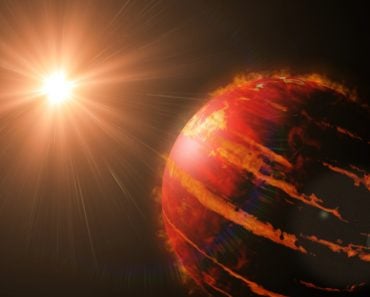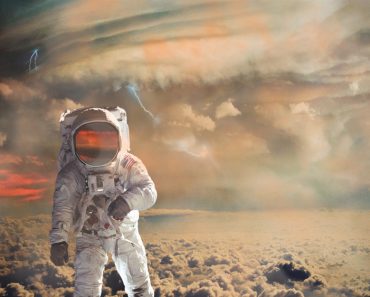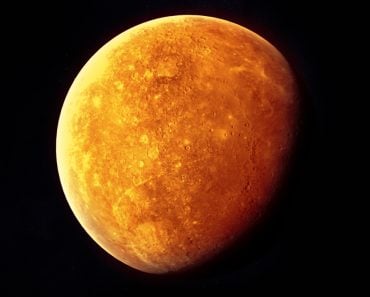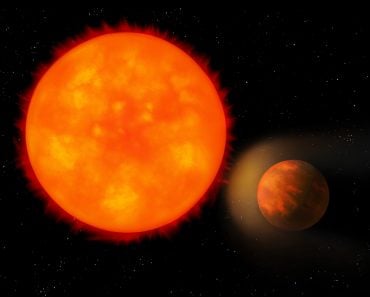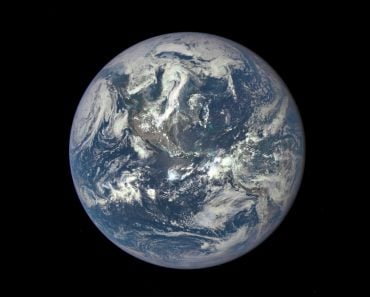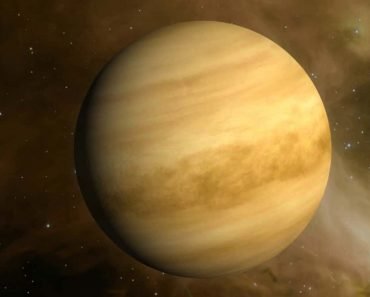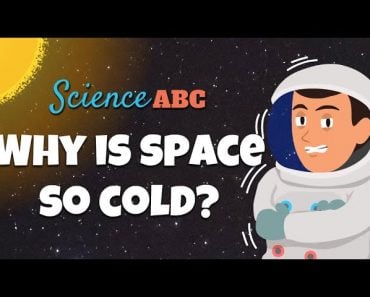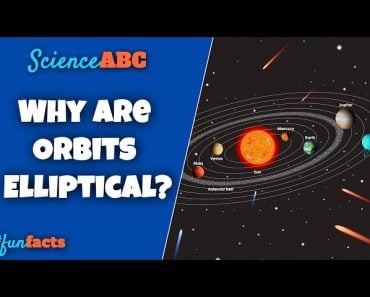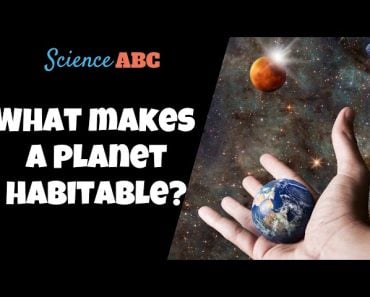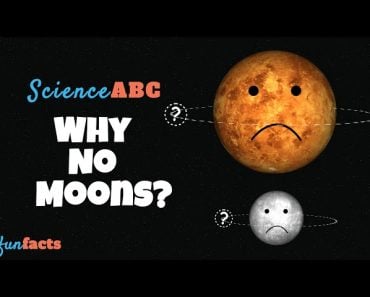Table of Contents (click to expand)
Jupiter is made of hydrogen and helium gas, with small amounts of water vapor, methane, and ammonia. Its core is thought to be either a molten orb of hot liquid or a solid rock 14-18 times more massive than Earth.
Jupiter is the largest planet in the entire solar system. It is so voluminous that it can fit more than 1,200 Earths inside it. An even more bewildering fact is that it is 2.5 times larger than all the other planets in the solar system combined.
However, every now and then, someone asserts that Jupiter is made up entirely of gas. This is true, to an extent. Almost 90% of Jupiter is comprised of hydrogen and the remaining 10% is helium. Other than these gases, scientists have also detected infinitesimal traces of water vapor, methane and ammonia.
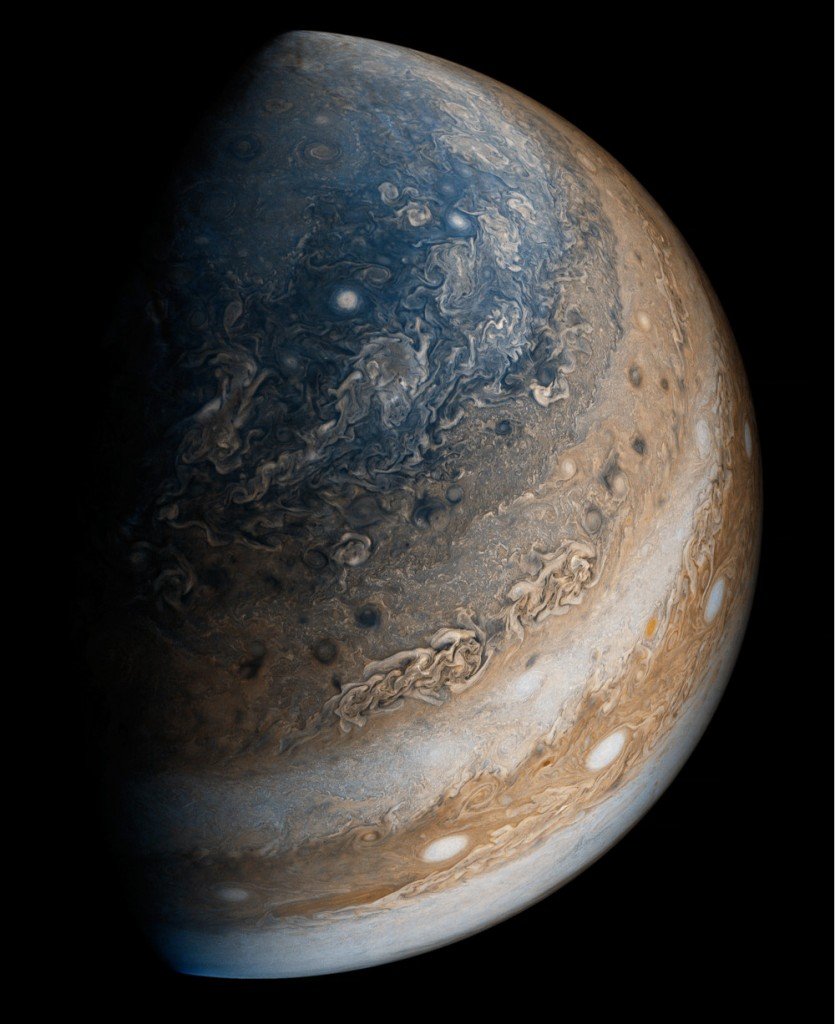
However, if it is entirely gas, how does it look so round and substantial, like a solid planet? And if it’s just aggregated gas, does that mean a spacecraft will never land on a surface, but like a vehicle riding through a sandstorm, enter through one end and exit through the other? Well… not really.
Recommended Video for you:
How Did Jupiter Form?
Scientists are still uncertain about how exactly our solar system sprung into existence. Our best guess is the Core Accretion model, according to which the Sun and its zealots were formed from a cloud of dust abundant in hydrogen and helium, the remnants of a nebula.
This vagrant matter briskly rotated and caused an exponential increase in mass and pressure at its center. This dense entity at the center became the Sun. The Sun’s solar winds then pushed the remaining hydrogen and helium away into space. The matter on the fringes gradually coalesced and, after reaching a critical mass, accreted more gas and mass to form the planets we now see.
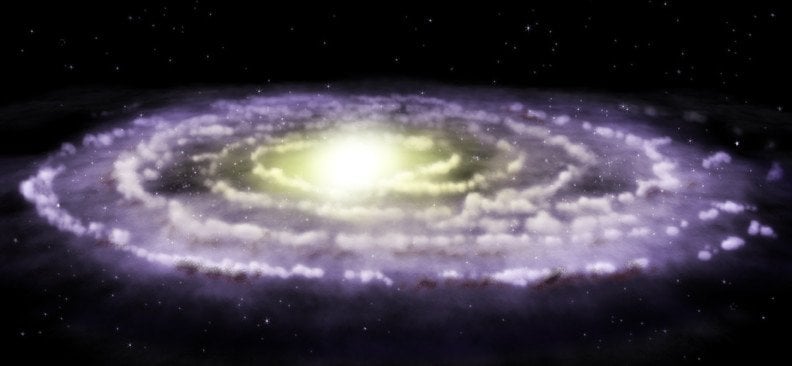
The first four planets are terrestrial planets, planets whose cores are made up of metallic rocks. However, these are planets that weren’t massive enough to attract the hydrogen and helium molecules whizzing past them.
On the other hand, larger planets like Jupiter, Saturn and Neptune were not only massive but also distant from this chaos. As the velocity of these molecules dwindled, they became easier to clinch by the force of gravity. This is why Jovian planets are mostly made up of hydrogen and helium gases and are also often called gas giants.
But what does this say about Jupiter’s core?
Jupiter’s Core
Jupiter’s constitution resembles a star. Like the Sun itself, it is entirely made of gas, it’s excruciatingly hot and enormously dense. However, it’s not massive enough or dense enough to perpetuate nuclear fusion – the process that fuels a star.
If it were 80 times more massive, it would generate the necessary heat and pressure for nuclear fusion as a result of gravitational compression.
Hence, we say it is almost a star.

Scientists aren’t sure what Jupiter’s core is made of. Like the core of a star, Jupiter’s core is under astronomical pressure due to the titanic mass it bears on its shoulders. This is similar to the increase in pressure one feels when swimming deeper and deeper into a pool, due to the weight of the water above.
The pressure at Earth’s core is 3.5 million times the pressure at its surface. Jupiter not only boasts a larger mass, but its core also lies much deeper – 11 times deeper, in fact. The pressure down there is 50-100 million times greater than the pressure on the Earth’s surface! Remember that these conditions are still not intense enough to give Jupiter the status of a star.
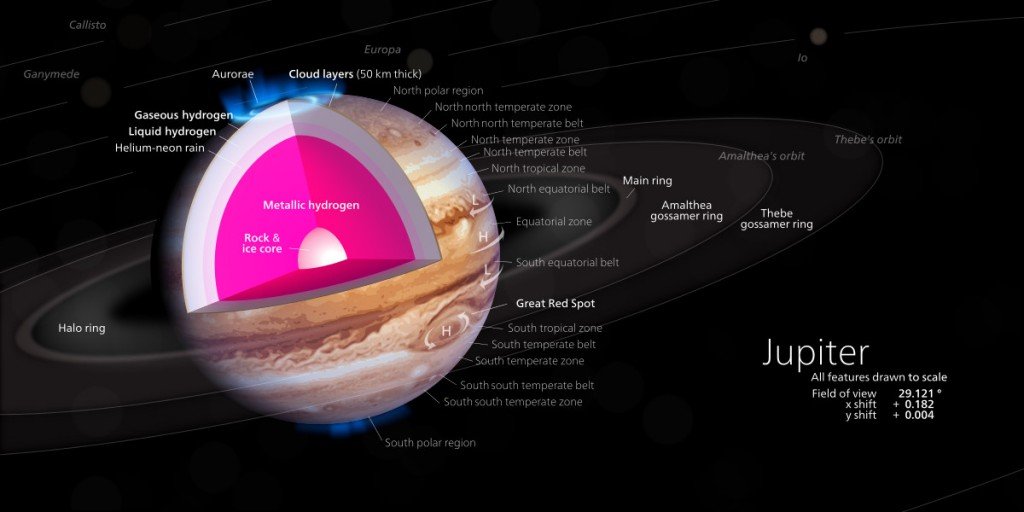
The increased pressure consequently raises the surrounding region to a sweltering temperature. Physics within such an environment is highly unpredictable.
Scientists suspect that the core might be surrounded by a layer of hydrogen, but the conditions are so extreme that the hydrogen transmutes to liquid. Even deeper, the hydrogen assumes a metallic form! This layer is estimated to be encumbered by another layer of molecular hydrogen. The metallic hydrogen in the core is at a temperature of around 35,000 °C. This is even hotter than the temperature at the surface of the Sun!
Jupiter has no solid ground, but a stratum of gases, layers of gases piled one above another. Its “surface” is defined as the point where the atmospheric pressure is equal to Earth’s. The pull of gravity at this point is twice that of Earth. If a spacecraft were to land on Jupiter’s surface, it wouldn’t, like I mentioned, elegantly push through, but would instead pierce through dense clouds of hydrogen until eventually stumbling into the core.
In other words, the planet is far more than just gas.
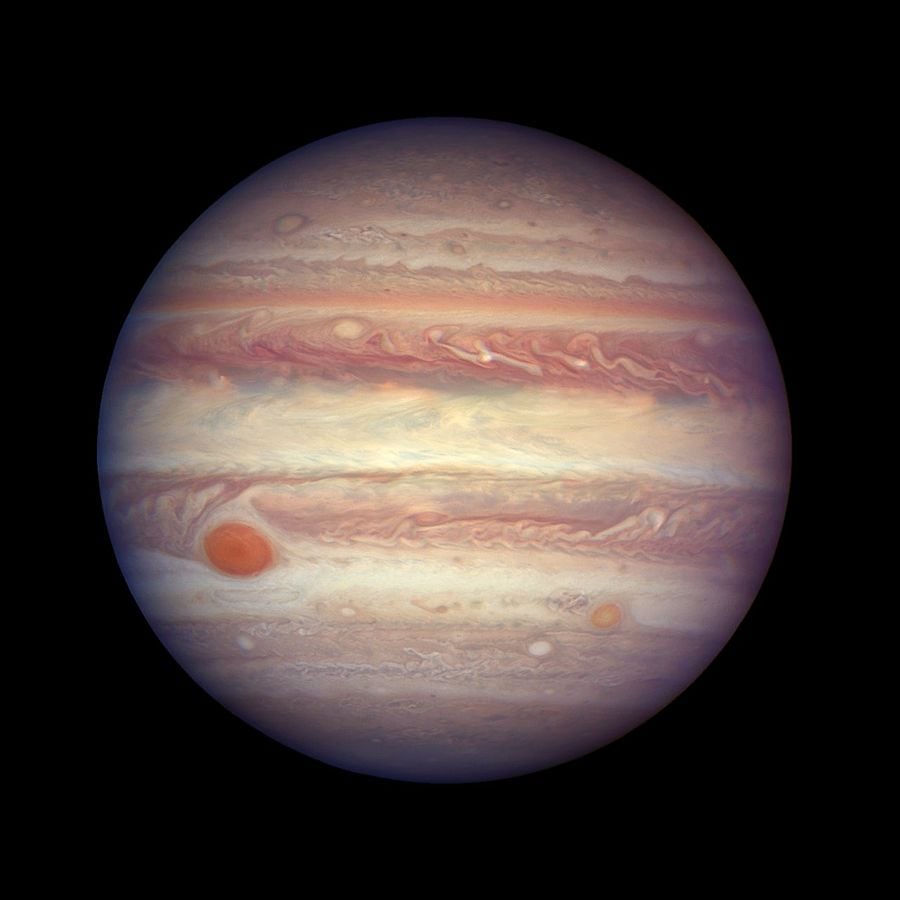
As for the reason why gas giants are spherical, despite their form being dominated by gas, is that gravity is indifferent to constitution or texture. If an object is heavy enough, regardless of its form, gravity will force all its mass to be pulled equally towards the center of the large mass. Thus, anything lurching outward is pulled inward to form a sphere.
Still, the solidity of Jupiter’s core is heavily debated. Some suggest the presence of a molten orb of hot liquid, as mentioned above, while others suggest the possibility of a solid rock that is 14-18 times more massive than Earth.
So, the planet, contrary to conventional wisdom, might not be entirely gas, but fluid.


